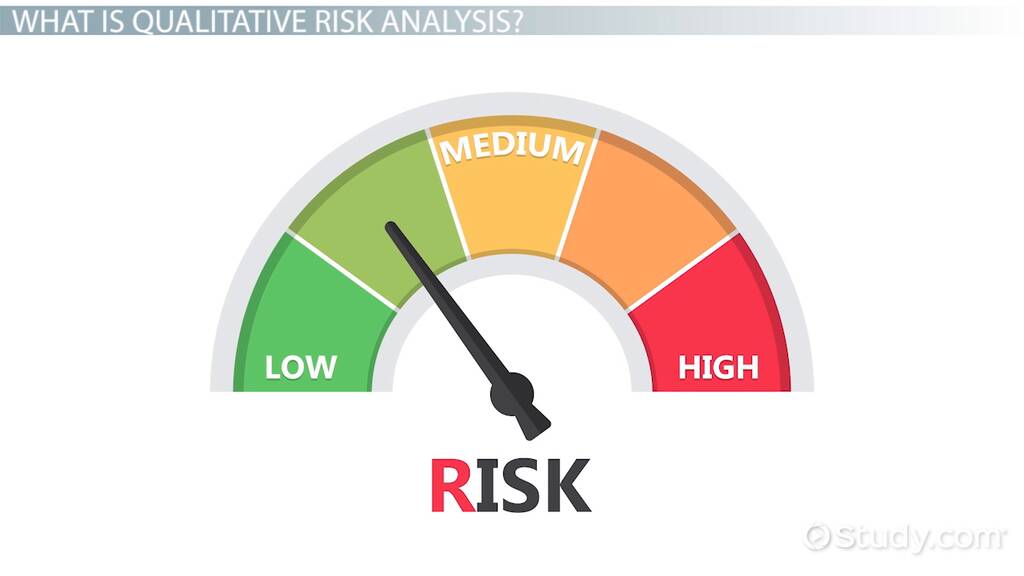Managing a project, regardless of its scale, involves navigating a sea of uncertainties. From unforeseen setbacks to shifting priorities, potential risks can threaten the success of any endeavor. This is where risk analysis in project management emerges as a crucial tool. In this comprehensive guide, we’ll explore the significance of risk analysis, the methodologies involved, and the best practices to ensure a project’s triumphant completion.
**1. The Significance of Risk Analysis in Project Management
Risk analysis is the systematic process of identifying, assessing, and prioritizing potential challenges that may impede the successful execution of a project. It serves as a compass, guiding project managers in making informed decisions and implementing proactive strategies to mitigate risks.
**2. Importance of Project Risk Assessment
a. Early Problem Identification: Conducting a comprehensive risk analysis at the outset of a project allows teams to identify potential issues before they escalate, enabling timely intervention.
b. Resource Optimization: By anticipating risks, project resources can be allocated more efficiently, ensuring that resources are available when needed most.
c. Enhanced Decision-Making: Armed with a thorough risk assessment, project managers can make more informed decisions, taking into account potential challenges and contingencies.
d. Stakeholder Confidence: Demonstrating a proactive approach to risk management instills confidence in stakeholders, showcasing the project team’s preparedness and dedication to success.
**3. Methodologies for Risk Analysis
a. Qualitative Risk Analysis: This method involves assigning subjective values to risks based on their probability and impact. It is useful for prioritizing risks and determining which require further attention.
b. Quantitative Risk Analysis: Quantitative analysis employs numerical values and statistical techniques to assess risks. This method provides a more precise assessment of the potential impact of identified risks.
c. Delphi Technique: In this collaborative approach, experts anonymously provide their input on potential risks and their impact. The responses are then aggregated and analyzed.
d. Monte Carlo Simulation: This simulation method uses probability distributions to model different scenarios and assess the likelihood of achieving specific project outcomes.
**4. Risk Identification and Evaluation
a. Brainstorming Sessions: Gathering project stakeholders for brainstorming sessions can uncover a wide range of potential risks, drawing on the collective expertise of the team.
b. SWOT Analysis: Analyzing Strengths, Weaknesses, Opportunities, and Threats can help identify internal and external factors that may pose risks to the project.
c. Risk Register: Creating a comprehensive risk register serves as a repository for identified risks, detailing their potential impact, probability, and proposed mitigation strategies.
**5. Risk Mitigation Strategies
a. Avoidance: Some risks can be entirely avoided by altering project plans or approaches. This may involve changing project scope, schedule, or resource allocation.
b. Mitigation: Mitigation strategies aim to reduce the likelihood or impact of identified risks. This may involve implementing safeguards, redundancies, or alternative approaches.
c. Transfer: Transferring risks involves shifting responsibility for potential issues to a third party, such as through insurance or outsourcing.
d. Acceptance: In some cases, the best course of action is to accept the risk and have contingency plans in place to address any potential issues that may arise.
**6. Uncertainty Management in Projects
Managing uncertainty is a fundamental aspect of risk analysis. This involves acknowledging that not all risks can be foreseen and having strategies in place to adapt to unforeseen challenges.
**7. Contingency Planning
Developing contingency plans involves outlining specific actions and strategies to be implemented if identified risks materialize. This ensures that the project team is prepared to respond effectively to unforeseen circumstances.
**8. Monitoring and Reviewing Risk Analysis
Risk analysis is an iterative process that should be continuously reviewed and updated throughout the project lifecycle. Regular assessments help ensure that new risks are identified and that mitigation strategies remain relevant.
Conclusion: Safeguarding Project Success through Risk Analysis
In the dynamic landscape of project management, the ability to anticipate and mitigate risks is a hallmark of successful execution. Through comprehensive risk analysis, project teams can navigate uncertainty with confidence, ensuring that potential challenges are met with preparedness and strategic foresight. By adopting robust methodologies and best practices in risk analysis, projects are poised for triumph, regardless of the complexities they may danatoto encounter.

